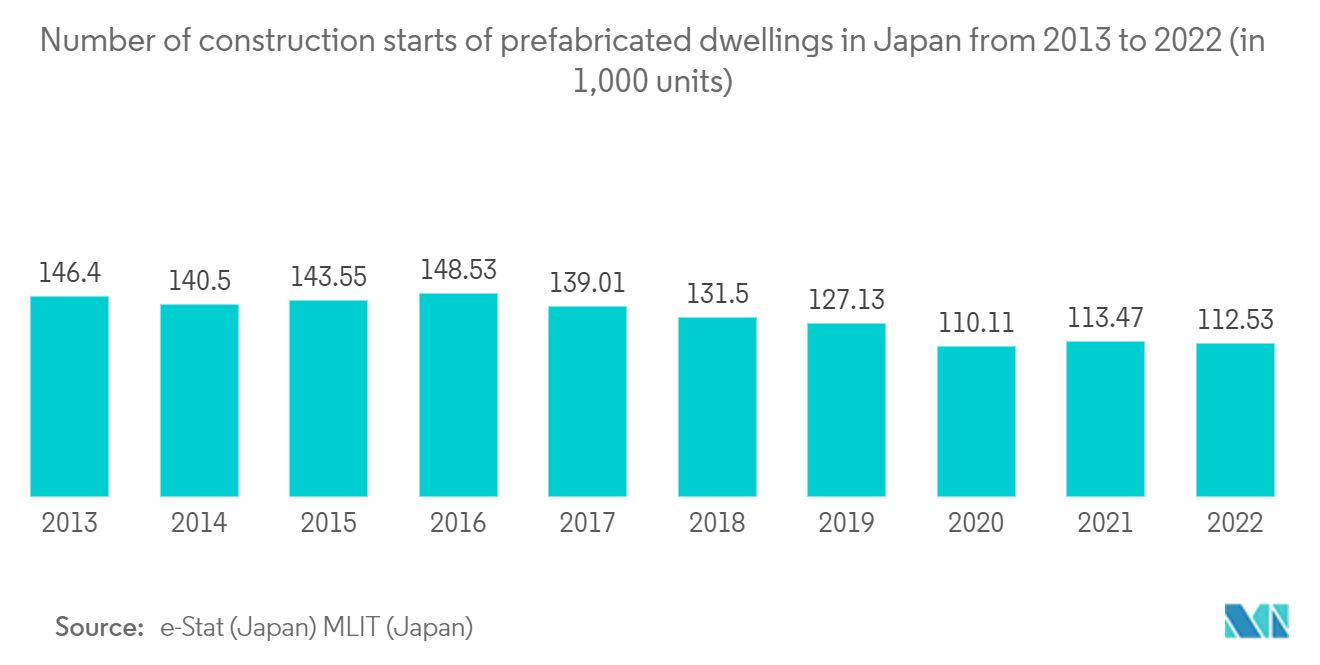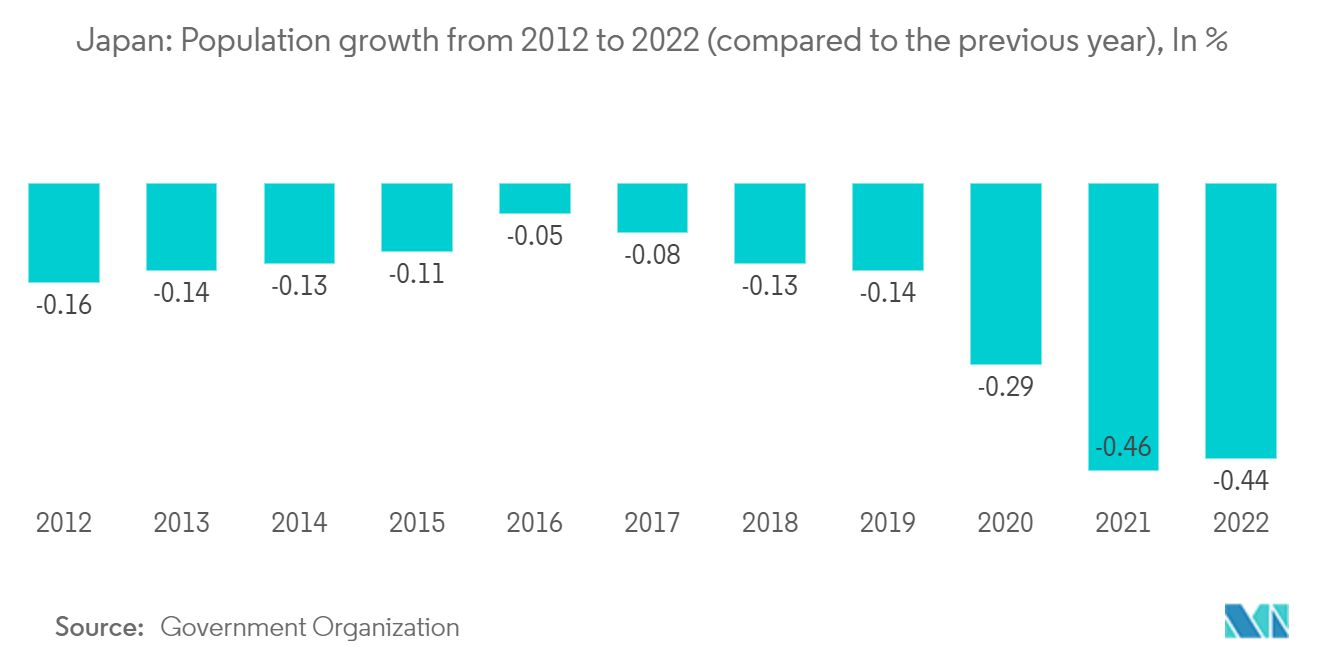Market Trends of Japan Prefabricated Buildings Industry
Number of Prefabricated Housing Construction is Increasing
In Japan, houses are not built to last but rather have a lifespan of 30 years or more. When someone dies, their house (which has no resale value) will be torn down to build a new house. This is known as the scrap and build policy in many of Japan's suburban development projects. It is a practice that is defined in space as well as in time. Japanese people do not appreciate living in old homes that do not meet regulations and have specifications that are close to or over their useful life. But something is changing their mindset.
The amount of embodied energy in a building, which is the energy needed to produce, transport, and store materials, is very high. Globally, the amount of CO emitted from construction activities accounts for about 35% of the global.
An estimated 13% of the country is already uninhabited, and by 2033, this number is projected to rise to around 30%. There are currently 21.7 million vacant homes in the country. There is a general issue of abandoned houses and unoccupied land in the country. The few people who live in these areas are unable to maintain their public infrastructure, such as train lines, hospitals, or roads, with their taxes. The abandoned houses are then rebuilt into prefabricated buildings.

Shrinking Number in Population Might Impact construction of new Prefab buildings
The Population in Japan is shrinking, with researchers predicting the loss of about the number of Japanese nationals declined by nearly 800,000 in 2022, falling by 0.65% compared to the previous year, while the population of foreign residents reached a record high of nearly 3 million, to government data. The decline in the population of Japan was driven by a decline in the number of non-Japanese residing in the country, as the country continues to age and shrink. The total population of Japan was 125,41 million in 2022, down slightly from the year before, while foreign residents with addresses registered in Japan increased by 10.7%, according to the government. For the first time, the population of Japan declined in all 47 of its prefectures.
As Japan's population continues to shrink and the country's demographics continue to age, there's no denying that new construction demand is going down as well. As demand for new construction in the domestic market continues to decline, the companies want to capitalize on the growth opportunities in China and the rest of Asia.

